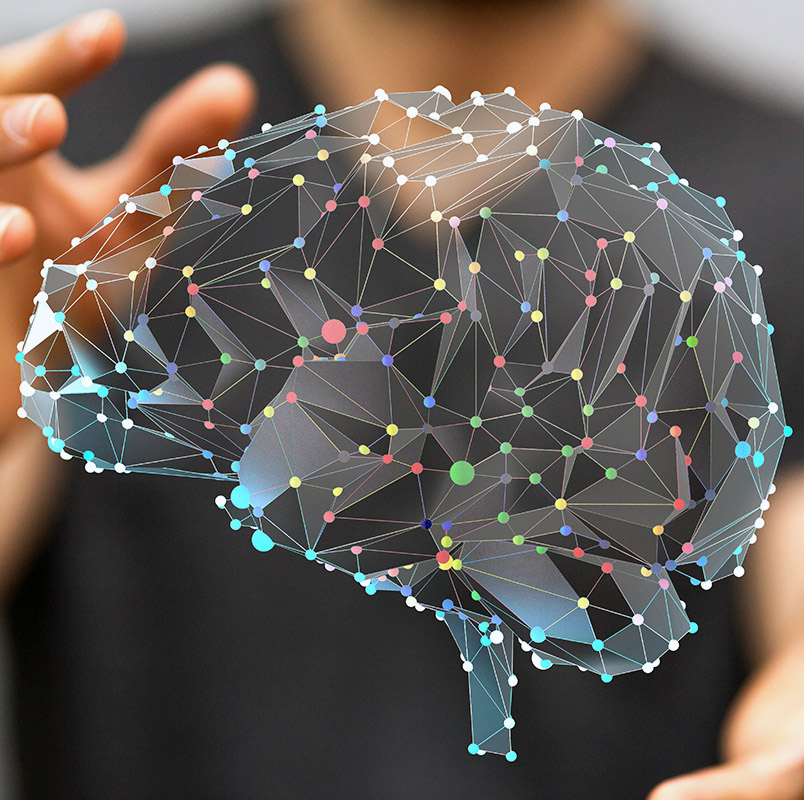Neuro-Physical Therapy is a type of therapy that focuses on the interaction between the brain and body. It is often used to treat conditions such as chronic pain, stroke, and traumatic brain injury (TBI). Neuro-Physical Therapy can help to improve overall brain health by improving blood flow and reducing inflammation.
If you're looking for an effective way to help improve your brain health, you may visit here Impact Physio & Sport Clinic.

Image Source: Google
One of the main goals of Neuro-Physical Therapy is to improve the range of motion (ROM). This is due to the fact that impaired ROM has been linked with increased levels of stress in the brain. By improving ROM, Neuro-Physical therapists may be able to reduce levels of stress and promote better brain function.
Another goal of Neuro-Physical Therapy is to restore balance in the body. This can be done through exercises that focus on resolving the tension in various areas of the body, such as the shoulders and hips. By restoring balance, Neuro-Physical therapists may be able to help resolve symptoms associated with conditions such as TBI or chronic pain.
How Does Neuro-Physical Therapy Work?
Neuro-physical therapy is a type of physical rehabilitation that helps people with neurological conditions, such as brain injury or epilepsy. It is based on the premise that the body’s own muscles and nerves can help to improve brain health.
One key component of neuro-physical therapy is assessment. During this phase, the therapist will interview you and your doctor about your symptoms and condition. This information will help to determine which exercises are best suited for you.
After the assessment, the therapist will create a plan of action. This plan may include exercises, massage, heat therapy, or other treatments. Treatment typically lasts around 30 minutes per session but can be repeated as needed.

